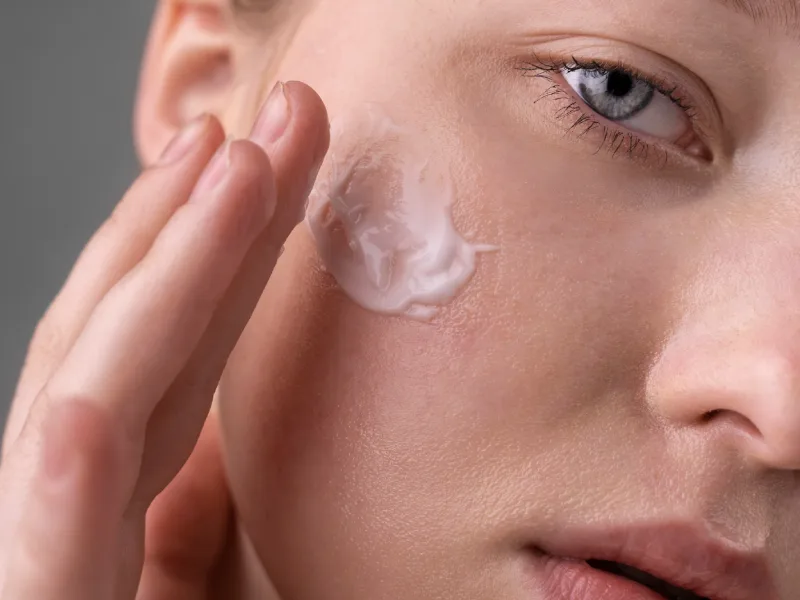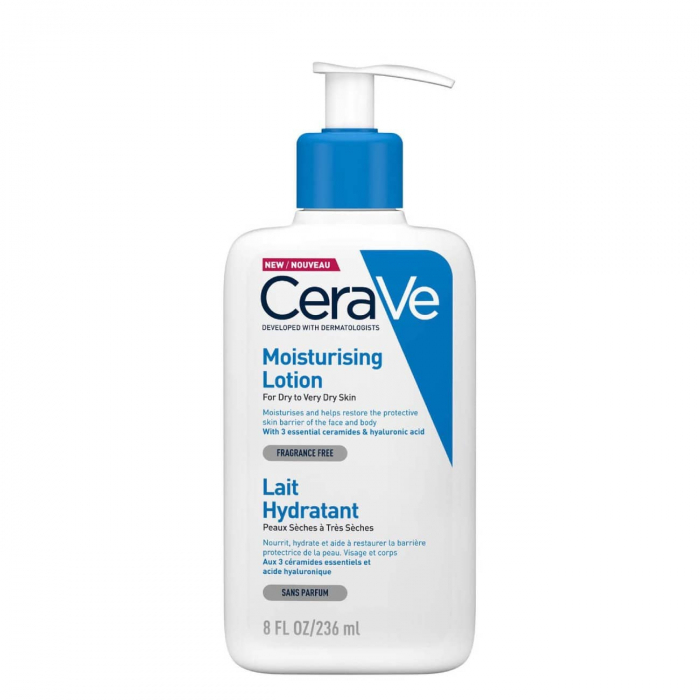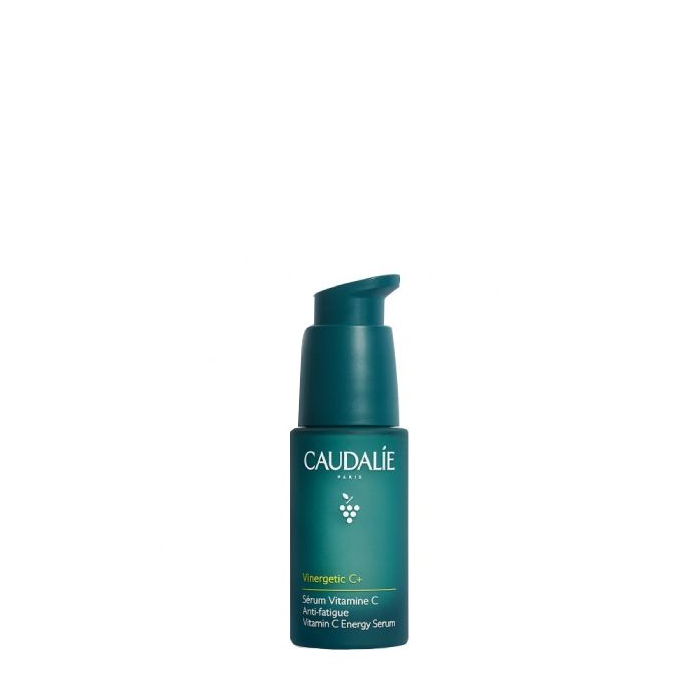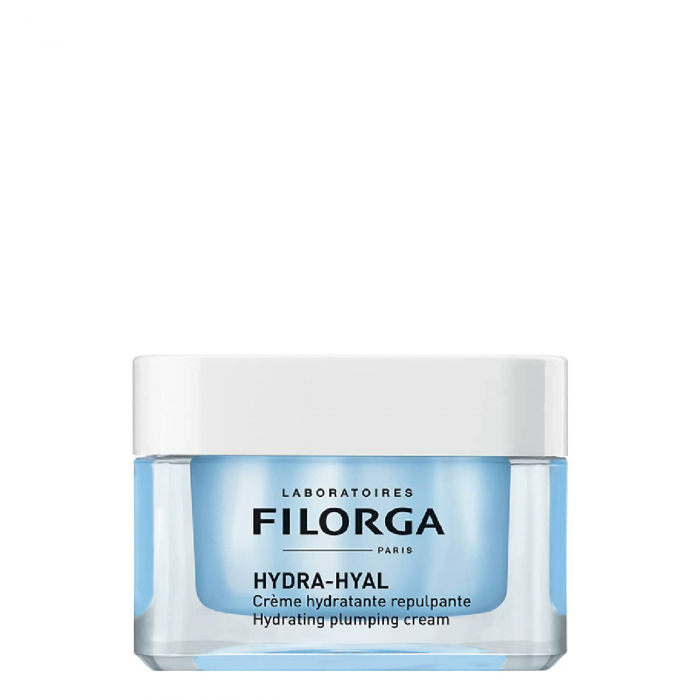Table of Contents
If you like to know what ingredients are in your skincare products, you may have come across the words PEG-Free or No PEGs.
But what are PEGs? And why are some people trying to avoid them? In this article, we will tell you all about that and decide whether or not it’s a good idea to avoid them.
Stay with us to find out!
What is PEG in skincare?
PEG is an acronym for polyethylene glycol, a petroleum-based compound often found in skincare products, such as moisturizers, body lotions, soaps, shampoos, and others. You can also find PPG for polypropylene glycol.
Based on production processes implemented by the petrochemical industry, which offer these chemicals at affordable prices, PEGs, and PEG derivatives are being used in many cosmetic formulas.
This petroleum-based compound is often mixed with a series of hydrating emollients, fatty acids, or cleansing agents.
How do PEGs work in skincare?
PEGs work as thickeners, solvents, softeners, or even moisture-carriers, which means they are not active ingredients, but rather a way to make your products more pleasant or other ingredients more efficient.
In the ingredients list of a product, the ingredient that comes first is the one that is present in the highest concentration, and so on down to the last one.
In these lists, you can usually find PEG followed by a number, like PEG-400 or PEG-8000. That’s because PEG is a long chain of smaller ethylene glycol molecules stuck together.
The number can either stand for how heavy the molecule is or how many units make the larger chain. Different sizes are better at different functions – in cosmetics, you can find PEG 400 up to 8000 but they can go as high as PEG 180,000.

Are PEGs safe?
Yes, PEGs are safe according to several studies and sources.
The FDA (The United States Food and Drug Administration) classifies PEGs as Generally Recognized as Safe (GRAS) ingredients for both food and cosmetic production.
According to an Environment Canada investigation, while these molecules can be dangerous, they are typically found in far too low a concentration to cause adverse effects.
The safety of PEG in its various forms has recently been questioned. The main concern is that they can contain problematic impurities like ethylene oxide and 1,4 dioxane, which are by-products from their manufacturing process.
However, reputable cosmetic ingredient suppliers have long since eliminated these impurities from the finished products, which makes PEGs safe for the skin.
Should you avoid PEGs?
No, PEGs are safe.
If you’ve heard of people switching to PEG-Free products and are wondering if you should do the same, don’t worry. You don’t need to eliminate all PEGs from your skincare routine.
While they are safe to use, some people still prefer to use organic products, natural ingredients, or minimalistic formulas. And, because PEGs originate from the petrochemical industry, they no longer meet the expectations of consumers looking for healthier and more environmentally friendly products.
One of the raw materials used in the PEG manufacturing process is ethylene oxide. Although this substance is not found in the final products, it is considered harmful to the environment.
The low biodegradability of PEGs is also an issue, since cosmetics that contain it often make their way into the wastewater system when consumers rinse their face or take a shower or bath.
The other reason why people are ditching PEGs is, of course, if they have a PEG allergy. But this is pretty rare and the allergic reactions are quite serious, so if you had a PEG allergy you would have known by now.

PEG-Free skincare products
Avoiding PEGs or even PPGs in skin care is relatively easy since they are usually listed as PEG or PPG followed by a number.
But it can also appear as Poly(oxyethylene) or, less commonly, as Carbowax, GoLYTELY, GlycoLax, Fortrans, TriLyte, Colyte, Halflytely, Macrogol, MiraLAX, MoviPrep.
However, if you are still in doubt whether some of your favorites are PEG-Free, here is a list of PEG-Free bestsellers.



Conclusion
Understanding PEGs in skincare is crucial for making informed choices about your products. PEGs, or polyethylene glycols, are safe compounds widely used in cosmetics.
While concerns about impurities have been addressed by reputable suppliers, some opt for PEG-free alternatives for environmental or personal preferences.
If you choose to avoid PEGs, identifying them in ingredient lists is straightforward. Ultimately, the decision lies in aligning your skincare choices with your values and priorities.
